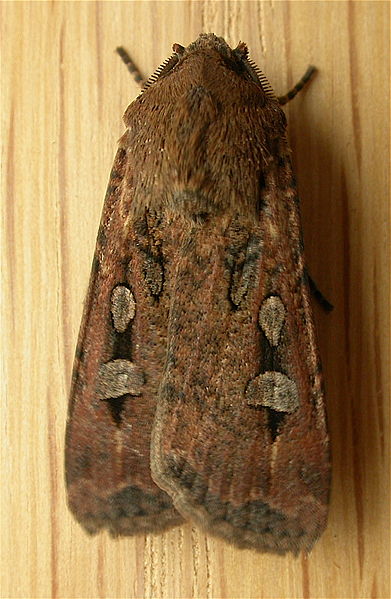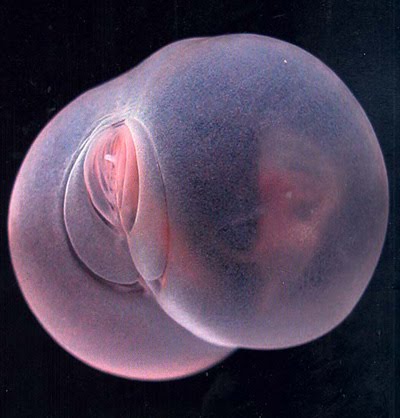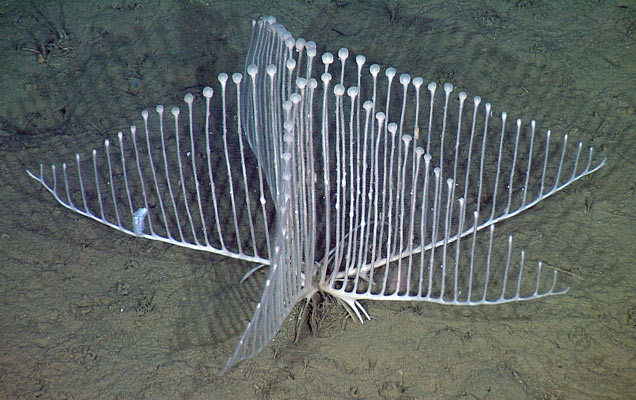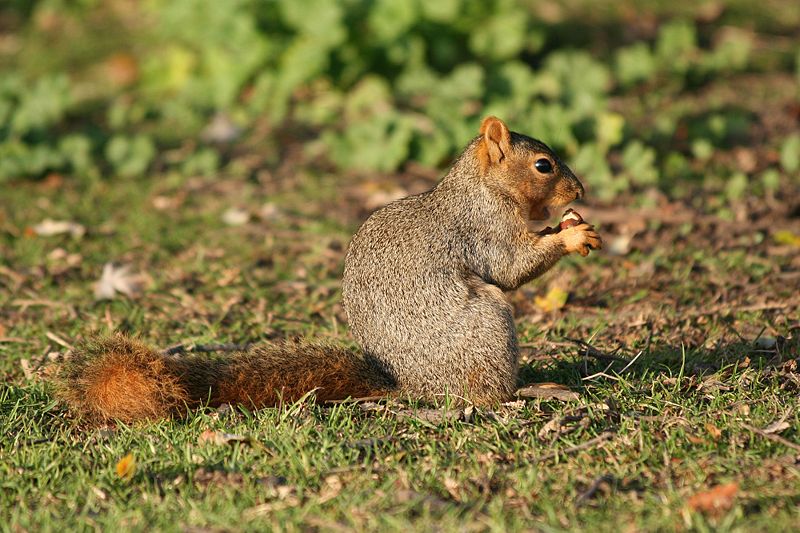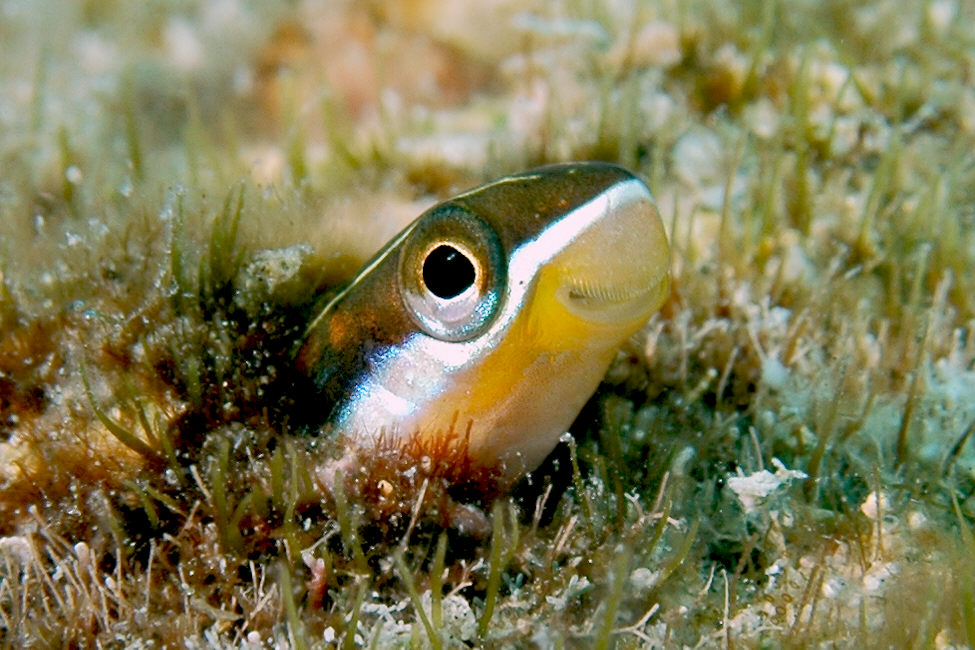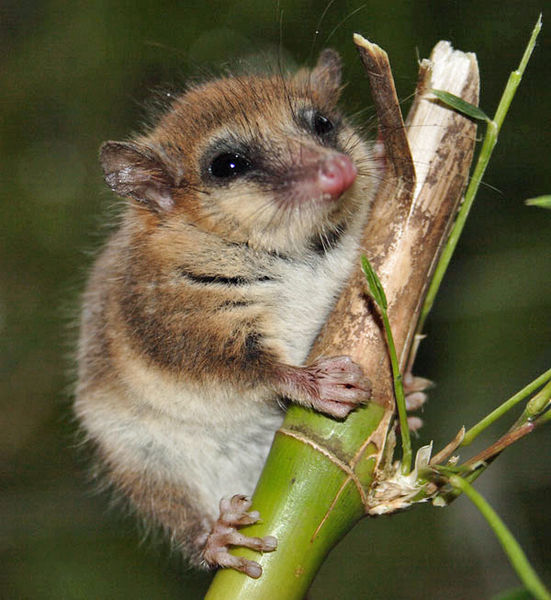Did You Know?
- Back in the day the Bogong Moth was an important source of protein for the Aboriginal people of Australia
- This particular moth is not a huge fan of the heat, which is they migrate from Queensland to the Australian Alps every Spring
- As large numbers of the Bogong Moth migrate for the summer, they tend to cover buildings and everything else in sight
A Nice Long Trip For The Summer
The migration patterns of the Bogong Moth are quite impressive when you stop to think that the distance between Queensland and the Australian Alps is roughly 1000 kilometres. This is a long distance for large birds let alone small insects. During the warm summer months, the Bogong Moth will take full advantage of their time in the Alps to relax. In fact, they relax so much that they enter aestivation (fancy science word that simply means they become inactive). Typically, large number of these moths will congregate together in rock crevices and caves where they will feed off of their own fat reserves for the summer months. It is interesting when you think that this animal hibernates during the summer…kind of a twist on the normal hibernation patterns of larger animals.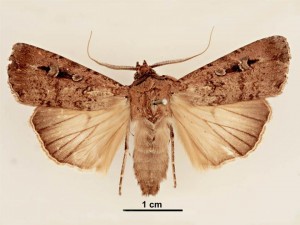
A Tasty Snack
The Indigenous people of Australia use to rely heavily on the Bogong Moth as a food source. As you can imagine, these hearty insects pack a lot of protein and as such are part of a balanced diet. Back then they use to roast the moths in ashes making a delicious, nutty tasting snack known as “Moth Meat”. Interestingly enough, you can still find a few recipes online that include the Bogong Moth; however, I wouldn’t eat too many of them. Why? Well, for one they are insects! As well, the breeding grounds for this moth are known to contain arsenic and as such each tiny, little Bogong Moth has a trace amount of arsenic inside of them. This is just one more example how human pollution has impacted the ecosystem…and removed a viable food source for hungry people.

